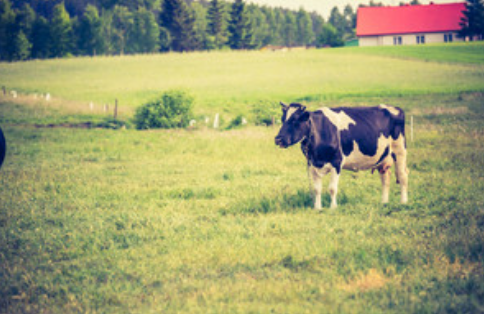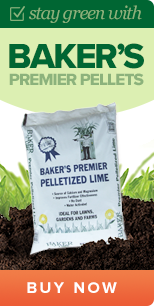How to Create and Maintain a Healthy Pasture
Author/Reviewed By: Josh Miller, Sales Manager: Baker Lime & North America Minerals
Published: 7/18/2019 – Updated: 4/17/2020
If you depend on livestock such as cattle or horses for your livelihood, then you know the value of creating a high-quality pasture — and keeping it that way. A healthier pasture leads to healthier animals, which has a positive impact on what matters the most: your bottom line. The following tips can help you develop more productive and fertile grazing lands on your property and help you in improving pasture quality. You’ll also receive advice regarding how to maintain pastures.

Maximizing Soil Health in Your Pasture
Building healthy pasture soils is perhaps the most crucial element. Good soil promotes the growth of nutrient-rich grasses that your animals need to thrive. But how do you improve pasture soil? Implementing sound irrigation practices and making sure the soil contains living roots, regardless of the season, will go a long way towards increasing and maintaining its health.
The improper application of fertilizer can rob the soil of precious nutrients. Nitrogen fertilizer is the best choice for promoting grass growth in pastures. Begin by applying a modest amount of nitrogen fertilizer in the early spring, and then adding more in late spring or late summer. Consider conducting a soil test to determine its pH level. A lower soil pH is not desirable if you’re planting grasses for cattle or horse grazing. You can purchase a disposable pH testing kit or commercial testing probe to perform the task yourself.
Adding lime to your pasture is one way to improve soil pH. Limestone can help you achieve the optimal pH level, which ranges from 6.0 to 7.0 for grasses. You’ll get thicker, greener grass that will contribute to healthier animals.
Reduce the Animal Stocking Rate
Stocking too many animals can lead to over-grazing, which makes it more challenging to maintain a healthy pasture. Limiting the number of animals per acre is particularly important in drought-prone areas, as invasions of grasshoppers and other grass-consuming insects tend to increase during dry conditions.
Implement Rotational Grazing Practices
Allowing your animals to graze continuously in the same areas can cause a rapid deterioration of a pasture. Consider implementing the practice of rotating two herds through multiple pastures, while allowing six to eight weeks between grazings. Adhering to this rotation schedule can increase productivity by up to 50% in the first years and up to 100% after three years.
Make Weed Control a Top Priority
Weeds compete for space with grasses and can drain nutrients from the soil. Sprouting weeds can also block the sunlight that grass and plants need to thrive. Some weeds may even be poisonous to the cattle and horses that ingest them. It’s essential to hand-pull or mow weeds before they go to seed. If the weeds are out of control, you may need to apply an herbicide to kill them, then till them under and reseed the pasture.

Baker Lime Can Supply High-Quality Limestone for Your Pasture
York, PA-based Baker Lime is your source for limestone that can assist you in building healthy pasture soils and pasture maintenance on your farm or ranch. Find and contact your local Baker Lime dealer to learn more today.
Learn More About Lime Use On a Farm
- Best Bedding Options for Dairy Cows
- Using Limestone For Stall Bedding
- Livestock Management Tips for Small-Scale Farmers
- Dolo 10 Bed – Free Stall Bedding








